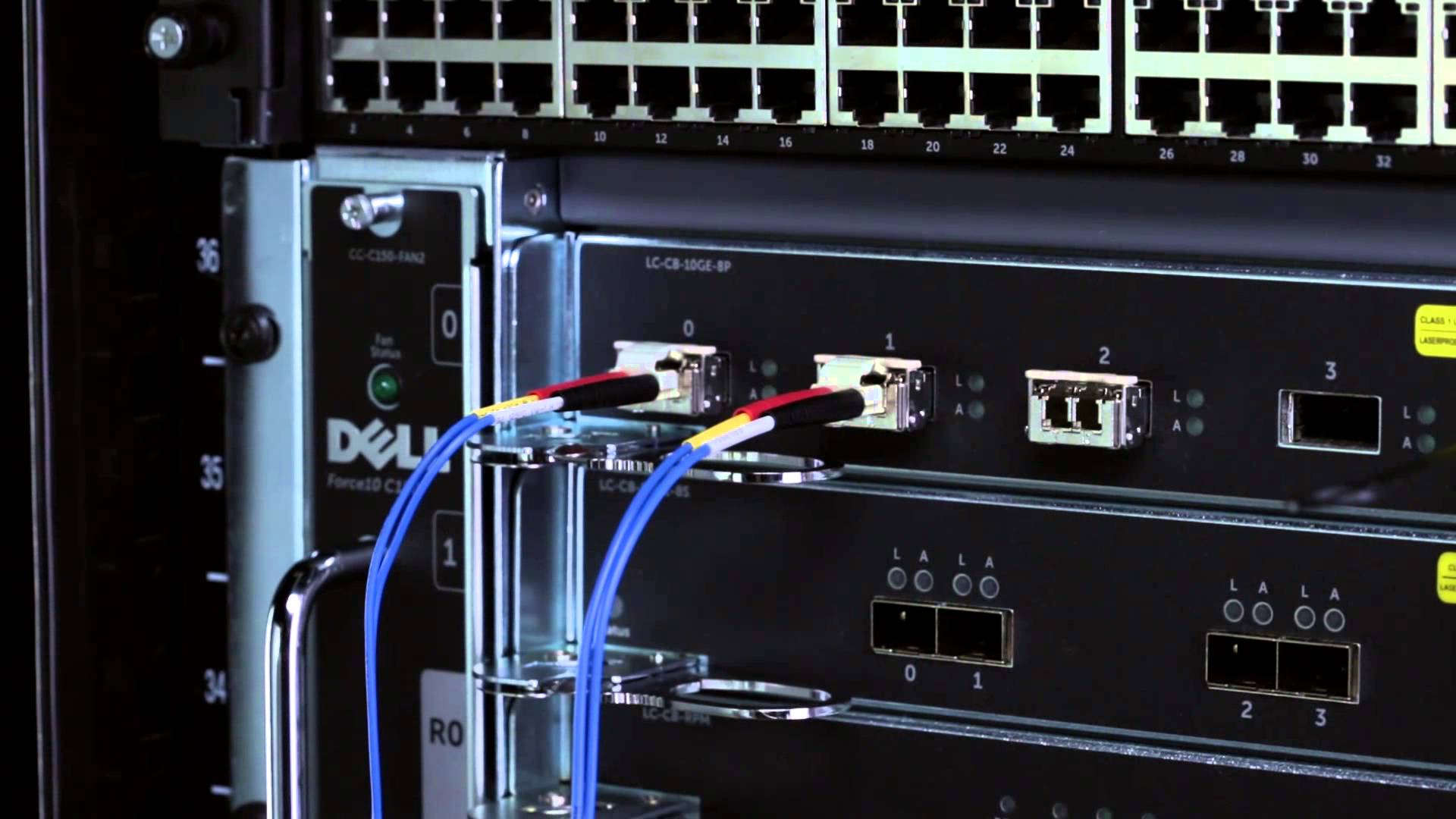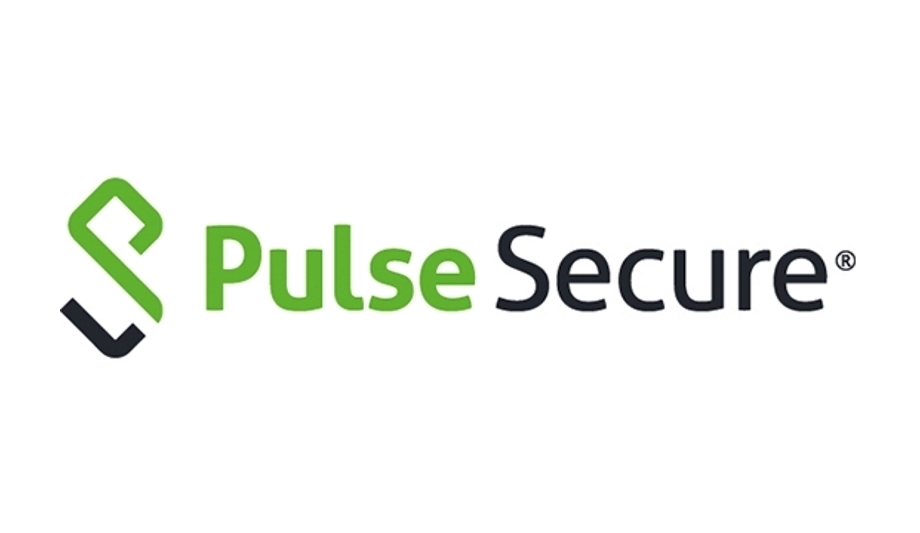- AP type: Indoor, dual radio, 5GHz 802.11ax 4x4 MIMO and 2.4GHz 802.11ax 2x2 MIMO
- 5GHz radio:
- Four spatial stream Single User (SU) MIMO for up to 4.8Gbps wireless data rate to individual 4SS HE160 802.11ax client devices (max)
- Two spatial stream Single User (SU) MIMO for up to 1.2Gbps wireless data rate to individual 2SS HE80 802.11ax client devices (typical)
- Four spatial stream Multi User (MU) MIMO for up to 4.8Gbps wireless data rate to up to four 1SS or two 2SS HE160 802.11ax DL-MU-MIMO capable client devices simultaneously (max)
- Four spatial stream Multi User (MU) MIMO for up to 2.4Gbps wireless data rate to up to four 1SS or two 2SS HE80 802.11ax DL-MU-MIMO capable client devices simultaneously (typical)
- 2.4GHz radio:
- Two spatial stream Single User (SU) MIMO for up to 574Mbps wireless data rate to individual 2SS HE40 802.11ax client devices or to two 1SS HE40 802.11ax DL-MU-MIMO capable client devices simultaneously (max)
- Two spatial stream Single User (SU) MIMO for up to 287Mbps wireless data rate to individual 2SS HE20 802.11ax client devices or to two 1SS HE20 802.11ax DL-MU-MIMO capable client devices simultaneously (typical)
- Support for up to 512 associated client devices per radio, and up to 16 BSSIDs per radio
- Supported frequency bands (country-specific restrictions apply):
- 2.400 to 2.4835GHz
- 5.150 to 5.250GHz
- 5.250 to 5.350GHz
- 5.470 to 5.725GHz
- 5.725 to 5.850GHz
- Available channels: Dependent on configured regulatory domain
- Dynamic frequency selection (DFS) optimizes the use of available RF spectrum
- Supported radio technologies:
- 802.11b: Direct-sequence spread-spectrum (DSSS)
- 802.11a/g/n/ac: Orthogonal frequency-division multiplexing (OFDM)
- 802.11ax: Orthogonal frequency-division multiple access (OFDMA) with up to 16 resource units (for an 80MHz channel)
- Supported modulation types:
- 802.11b: BPSK, QPSK, CCK
- 802.11a/g/n: BPSK, QPSK, 16-QAM, 64-QAM, 256-QAM (proprietary extension)
- 802.11ac: BPSK, QPSK, 16-QAM, 64-QAM, 256-QAM, 1024-QAM (proprietary extension)
- 802.11ax: BPSK, QPSK, 16-QAM, 64-QAM, 256-QAM, 1024-QAM
- 802.11n high-throughput (HT) support: HT20/40
- 802.11ac very high throughput (VHT) support: VHT20/40/80/160
- 802.11ax high efficiency (HE) support: HE20/40/80/160
- Supported data rates (Mbps) 1:
- 802.11b: 1, 2, 5.5, 11
- 802.11a/g: 6, 9, 12, 18, 24, 36, 48, 54
- 802.11n (2.4GHz): 6.5 to 300 (MCS0 to MCS15, HT20 to HT40)
- 802.11n (5GHz): 6.5 to 600 (MCS0 to MVC31, HT20 to HT40)
- 802.11ac: 6.5 to 3,467 (MCS0 to MCS9, NSS = 1 to 4, VHT20 to VHT160)
- 802.11ax (2.4GHz): 3.6 to 574 (MCS0 to MCS11, NSS = 1 to 2, HE20 to HE40)
- 802.11ax (5GHz): 3.6 to 4,803 (MCS0 to MCS11, NSS = 1 to 4, HE20 to HE160)
- 802.11n/ac packet aggregation: A-MPDU, A-MSDU
- Transmit power: Configurable in increments of 0.5 dBm
- Maximum (aggregate, conducted total) transmit power (limited by local regulatory requirements):
- 2.4 GHz band: +21 dBm (18dBm per chain)
- 5 GHz band: +24 dBm (18 dBm per chain)
- Note: conducted transmit power levels exclude antenna gain. For total (EIRP) transmit power, add antenna gain.
- Advanced Cellular Coexistence (ACC) minimizes the impact of interference from cellular networks
- Maximum ratio combining (MRC) for improved receiver performance
- Cyclic delay/shift diversity (CDD/CSD) for improved downlink RF performance
- Space-time block coding (STBC) for increased range and improved reception
- Low-density parity check (LDPC) for high-efficiency error correction and increased throughput
- Transmit beam-forming (TxBF) for increased signal reliability and range
- 802.11ax Target Wait Time (TWT) to support low-power client devices
1 Ignoring the impact of proprietary data rate extensions and OFDMA resource units. |
 High efficiency802.11ax OFDMA and MU-MIMO efficiently and simultaneously service multiple clients to provide a good experience in high density environments.
High efficiency802.11ax OFDMA and MU-MIMO efficiently and simultaneously service multiple clients to provide a good experience in high density environments. Unsurpassed client performanceAruba’s ClientMatch feature intelligently groups Wi-Fi 6 clients onto the best AP’s to leverage 802.11ax multi-user capabilities.
Unsurpassed client performanceAruba’s ClientMatch feature intelligently groups Wi-Fi 6 clients onto the best AP’s to leverage 802.11ax multi-user capabilities. IoT ready access pointsLeverage your Wi-Fi infrastructure to support Zigbee and Bluetooth devices and applications.
IoT ready access pointsLeverage your Wi-Fi infrastructure to support Zigbee and Bluetooth devices and applications.







